
Swagelok® 스팀 가열식 기화 감압 레귤레이터
KSV 시리즈 스팀 가열식 기화 레귤레이터는 액체 샘플을 기화하고 기체 샘플을 예열하도록 설계되었습니다.
레귤레이터 선택에 도움 받기Swagelok 스팀 가열식 기화 감압 레귤레이터는 액체 샘플 또는 따뜻한 가스 샘플을 효율적으로 기화시켜 응축을 방지하도록 설계되었습니다. 이 제품은 사용자 입력, 주변 온도, 기타 작동 조건의 변화에 적응하도록 설계되었습니다. 중요하고 위험한 환경에 사용하도록 인증을 받은 KSV 시리즈 레귤레이터는 지속적으로 신뢰할 수 있는 성능을 제공합니다.
KSV 시리즈 레귤레이터의 주요 특징
- 비천공 주름관 다이어프램
- 금속 대 금속 다이어프램 씰
- 작은 내부 부피
사양
| 최대 입구 압력 | 3600 psig(248 bar) |
| 압력 제어 범위 | 0~10 psig(0.68 bar)에서 0~500 psig(34.4 bar) |
| 유량 계수(Cv) | 0.06 또는 0.20 |
| 최대 스팀 압력 및 온도 | 650 psig(44.7 bar) 및 260°C(500°F) |
| 최대 사용 온도 | 200°C(392°F) |
감압, 스팀 가열식 기화 레귤레이터 카탈로그
건설 재질(construction materials), 액세서리, 압력, 온도 등급을 포괄하는 Swagelok 스팀 가열식 기화 감압 레귤레이터에 대한 광범위한 세부 정보를 알아보십시오.
Модели редукторов давления; Модели регуляторов обратного давления; Модель переключателя для газовых баллонов; Испаряющие модели
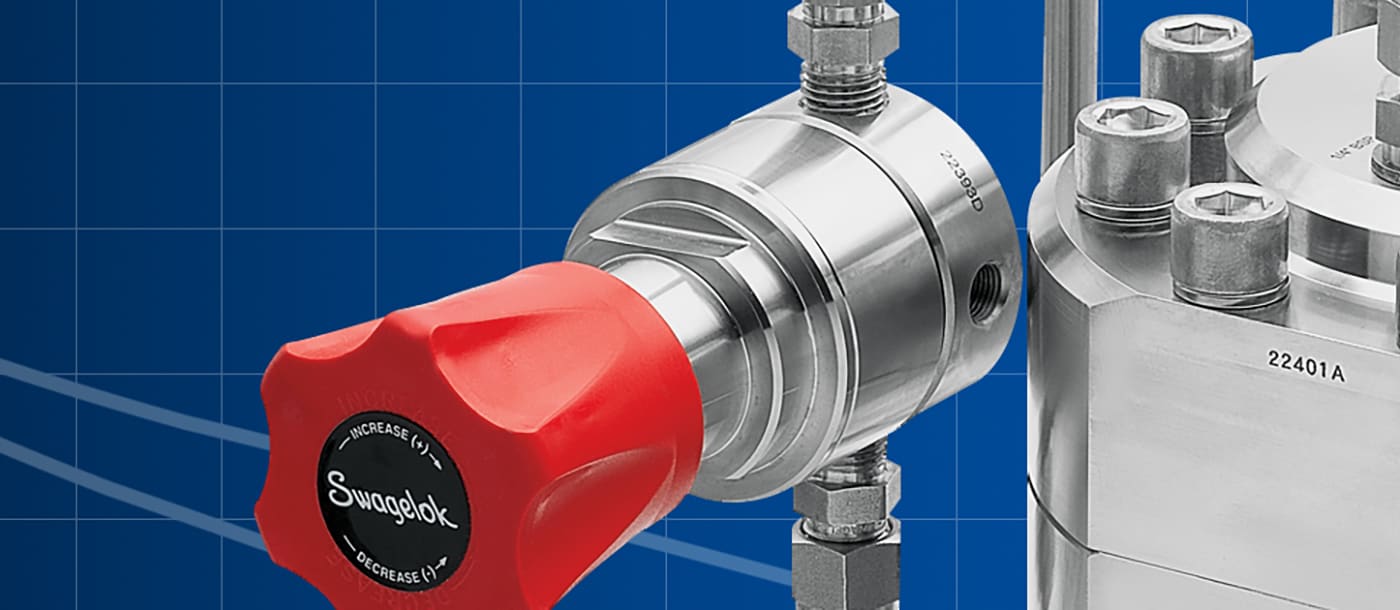
최적의 레귤레이터를 선정하는 데 도움이 필요하십니까?
Swagelok 레귤레이터 선택 비디오를 통해 다양한 애플리케이션 조건에 적합한 여러 종류의 레귤레이터에 대해 더 자세히 알아보십시오.
최적의 레귤레이터 찾기Swagelok 레귤레이터 리소스
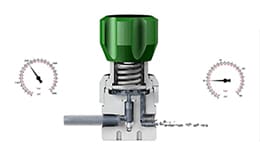
レギュレーターの供給圧力影響(SPE)に対処する
レギュレーター内部における一次側圧力の変化と二次側圧力の変化は、供給圧力影響(SPE)または依存性による反比例の関係にあります。今回は、圧力レギュレーターで発生する供給圧力影響(SPE)による現象への対処方法を紹介します。
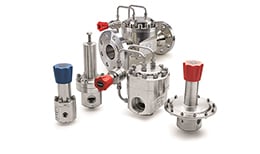
レギュレーターの信頼性を確保するために
過酷な条件下での運用を前提とした製品には、どのような試験を行うべきでしょうか。今回は、スウェージロックの実験室における取り組みと共に、氷点下を大幅に下回る温度でも正常に機能する一般産業用RHPSシリーズ・レギュレーターの開発事例を紹介します。
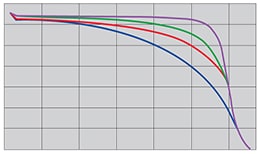
レギュレーターの流量曲線を平坦にしてドループを抑える方法
ドループ(流量増加に伴う二次側圧力の降下)は、あらゆるレギュレーターに共通する問題です。今回は、ドループを最小限に抑えてレギュレーターの流量曲線を平坦にする方法を、さまざまなドーム・ロード式レギュレーターの構成と併せて紹介します。
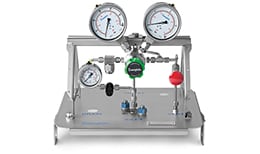
レギュレーターを使用して分析計装システムにおける時間遅れを短縮する方法
分析システムでは、時間遅れが軽視されていたり、誤解されていたりするケースは少なくありません。この時間遅れは、レギュレーターでコントロールすることができます。今回は、分析計装システムにおける時間遅れを小さくする方法を紹介します。
